Up Next

When Antonio Giovinazzi’s deal to remain with the Sauber-run Alfa Romeo team was announced ahead of last week’s Emilia Romagna Grand Prix, it ensured there will be an Italian driver on the Formula 1 grid in 2021.
There was a time when the prospect of no Italian drivers on the grid seemed absurd given they were a mainstay of grand prix racing.
In total, 84 Italians have started world championship races, putting the nation behind only Britain and the United States in terms of numbers, with the latter’s tally boosted by dominating the grids for the anomalous points-paying Indianapolis 500s of 1950-1960.
It’s often said that Ferrari itself contributes to a lack of opportunities for Italian drivers
In the early decades of grand prix racing, Italian drivers were also ubiquitous. So why have they become such a rare breed?
From 2012-2018, there were no Italian drivers with full-time F1 seats. When Giovinazzi made his first two F1 appearances as a stand-in for the injured Pascal Wehrlein in Australia and China at the start of 2017, it ended a run of 98 grands prix without an Italian that started when Vitantonio Liuzzi’s F1 career ended after a predictably pointless campaign with HRT in 2011 (pictured below). There wasn’t a full-time Italian driver until Ferrari-contracted Giovinazzi returned with Alfa in 2019.
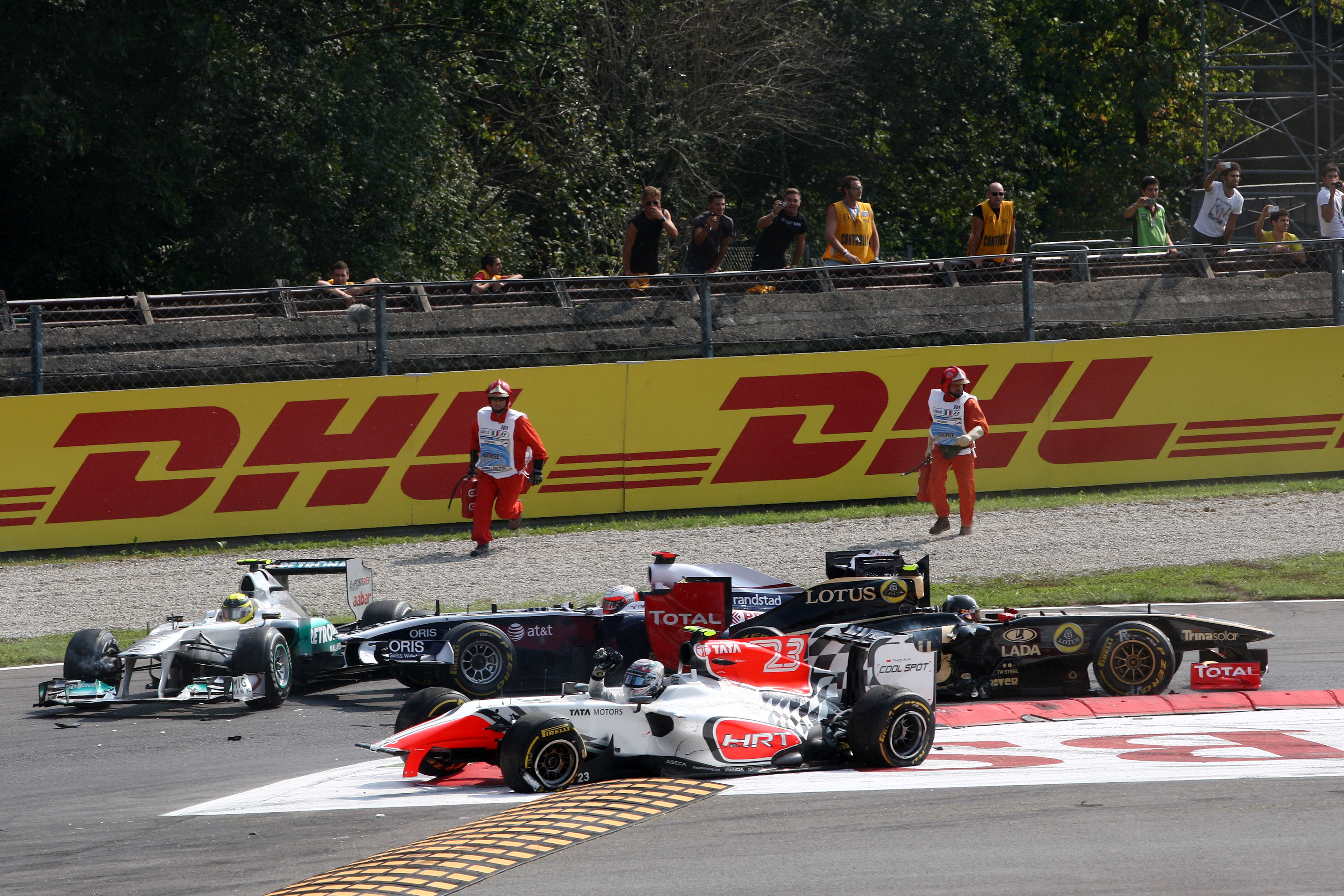
While Giovinazzi’s place at the team owes a lot to sponsor Alfa Romeo’s desire to field an Italian, his nationality has generally not proved to be an advantageous one for an F1 career in recent years.
Giovinazzi was asked a pertinent question last week about how difficult it is to impress as an Italian driver given Ferrari grabs the vast majority of the headlines in the country.
“For Italy, for the world, it’s such a strong name, it’s difficult to be at least on the same level,” said Giovinazzi of Ferrari.
“But it’s not my focus, to impress more than Ferrari. My focus is to be a better driver, and like I say many times, my dream is to race for them in the future.
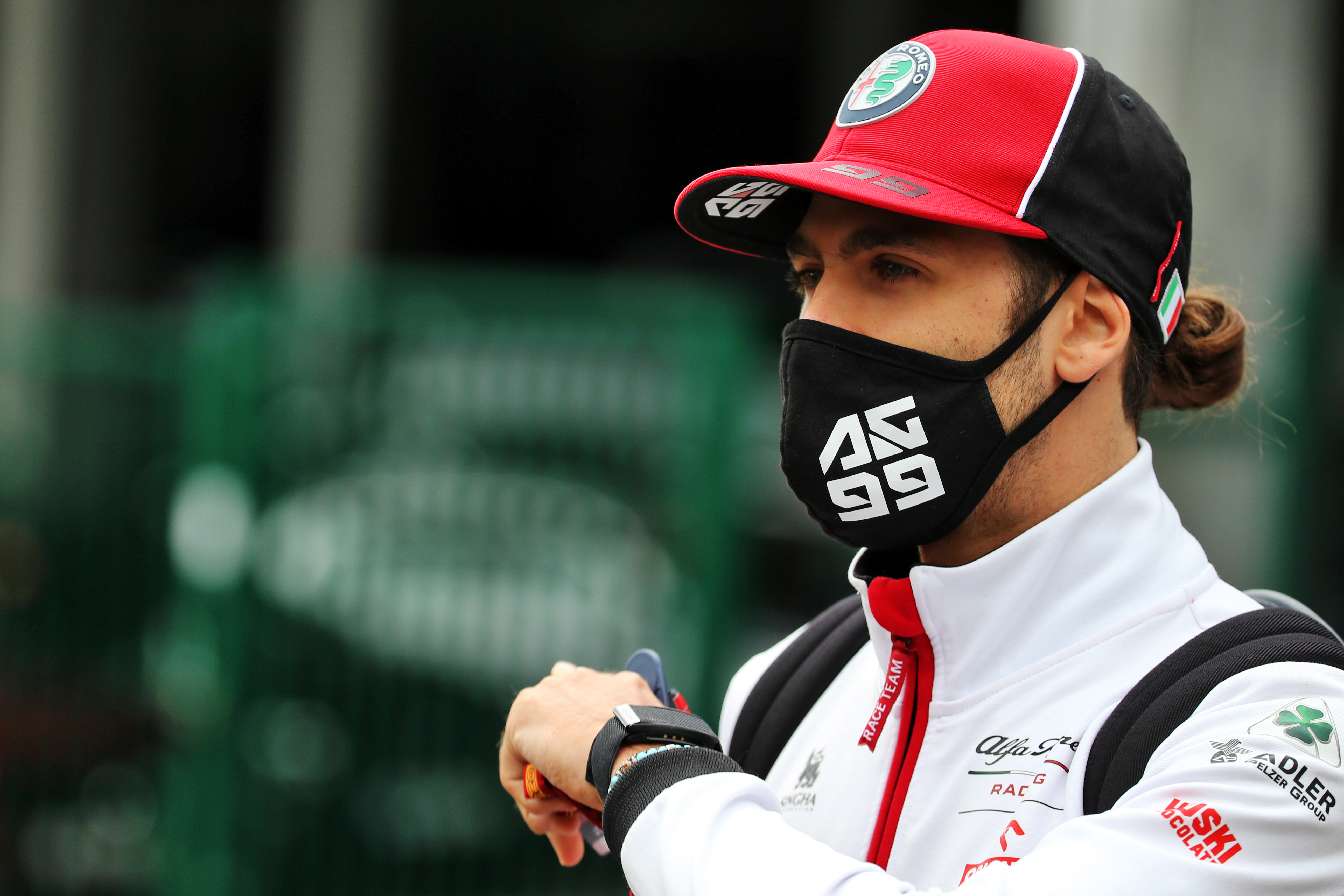
“This is what I will always work for, for this. I know that now for three years Carlos [Sainz Jr] will be in that car, but I’m fully focused on taking that seat maybe after three years.”
The odds on Giovinazzi achieving that goal are slender, partly because his performance level during his first two years in F1 doesn’t justify it. His high points, which have included two points finishes this year, are mixed with low points such as crashing out of the Belgian Grand Prix.
But history is also against him in terms of proving his worth to Ferrari given the Scuderia has not run a ‘home’ driver for a full season since Michele Alboreto in 1988.
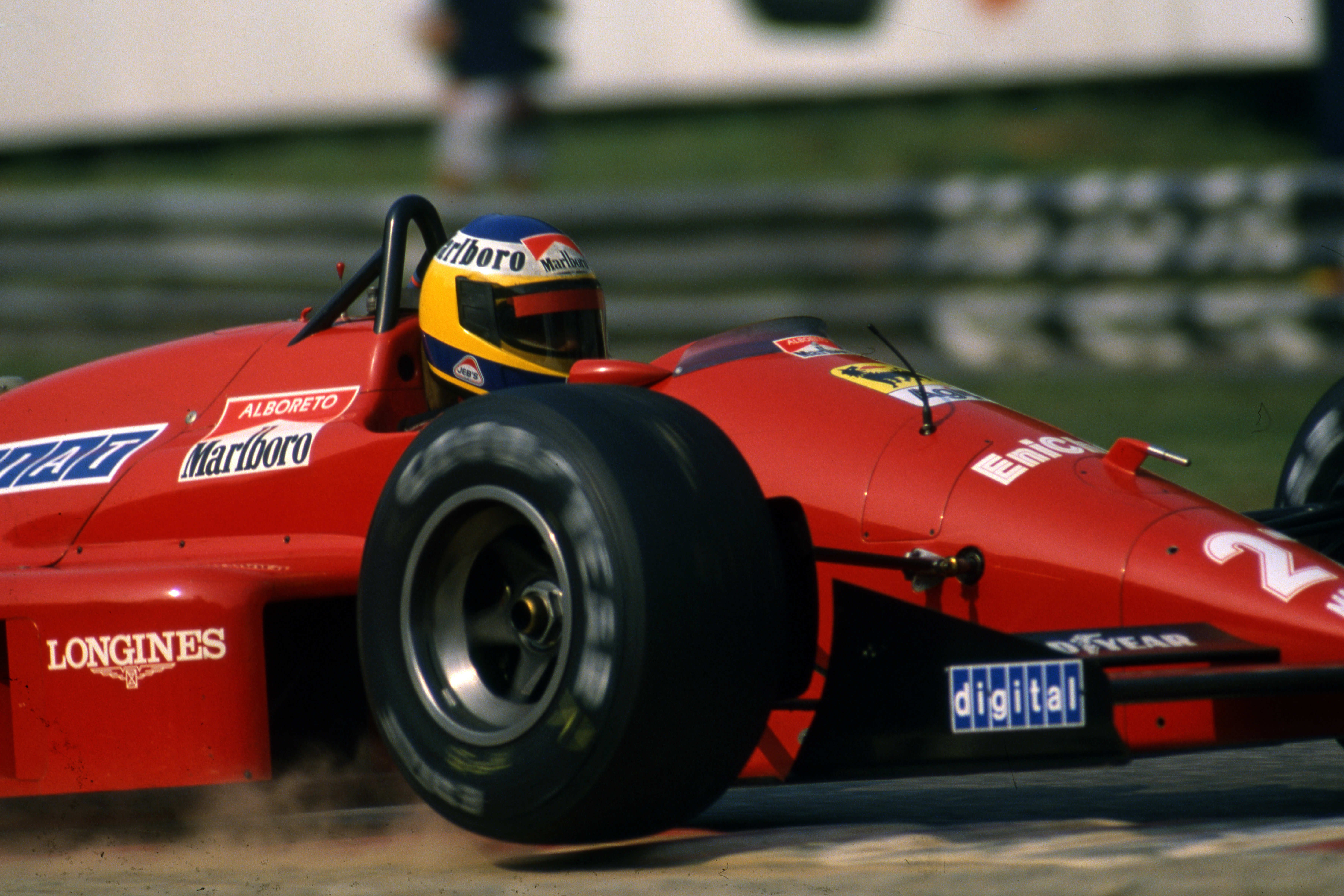
It signed Ivan Capelli for 1992 but he didn’t get to complete the season. Since then, only Italian stand-ins have cropped up with the odd race or two here or there – the most substantial run being Giancarlo Fisichella’s five races in Felipe Massa’s car at the end of 2009.
And though Italian drivers have been a mainstay of F1 since the inaugural world championship in 1950, after success in the early years with Giuseppe Farina and Alberto Ascari winning three of the first four drivers’ titles, the decades that followed have proved tougher.
While 15 Italians have won world championship races, that adds up to a total of just 43 victories – two of those shared with more illustrious team-mates in Luigi Fagioli and Luigi Musso. A total of 20 of those 43 wins came in the first four years of the world championship, with victories very patchy in recent times.
ITALIAN F1 RACE WINNERS
1 Alberto Ascari, 13
2 Riccardo Patrese, 6
3 Michele Alboreto, 5
= Giuseppe Farina, 5
5 Giancarlo Fisichella, 3
6 Elio De Angelis, 2
7 Giancarlo Baghetti, 1
= Lorenzo Bandini, 1
= Vittorio Brambilla, 1
= Luigi Fagioli, 1
= Luigi Musso, 1
= Alessandro Nannini, 1
= Ludovico Scarfiotti, 1
= Piero Taruffi, 1
= Jarno Trulli, 1
The last Italian driver to have a serious run at the world championship was Alboreto, who finished second to Alain Prost in 1985 while driving for Ferrari.
In the 21st century, only two Italian drivers have won races, with Fisichella’s trio of victories supplemented by Jarno Trulli’s in Monaco in 2004 (pictured below). Before that generation arrived in F1, through the 1980s and 90s it was only Alboreto, Riccardo Patrese and Elio de Angelis who tasted victory – sharing 13 wins between them.
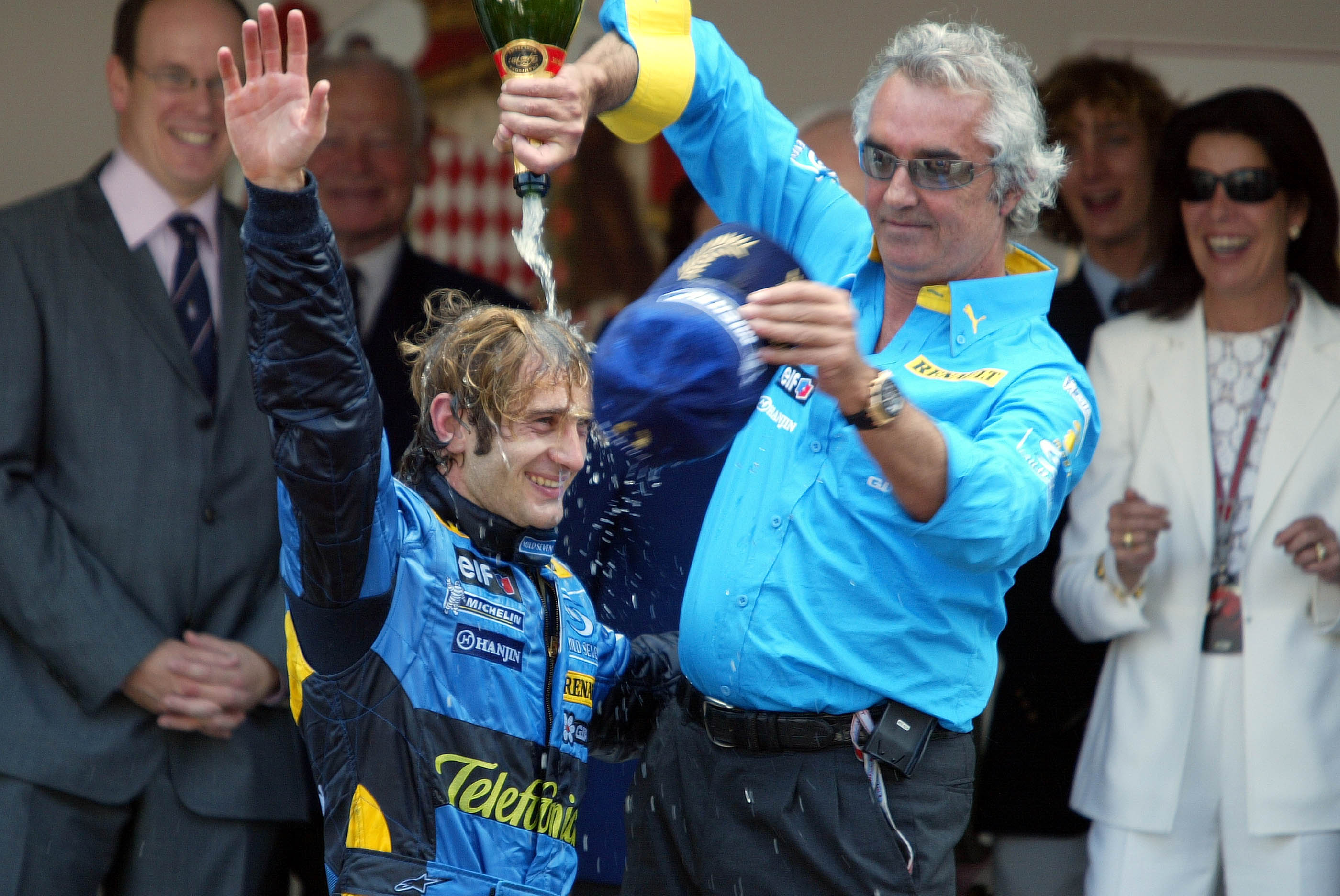
The question is, why? The overwhelming power of Ferrari is a contributing factor given any Italian company that could be enticed to back an individual driver knows coverage will be limited.
This is, after all, a country where Ferrari is not just a focal point but followed with a near-religious fervour.
It’s often said that Ferrari itself contributes to a lack of opportunities for Italian drivers thanks to Enzo Ferrari disliking being blamed for the deaths of ‘home’ drivers after a run of losses that included the deaths of Lorenzo Bandini and Eugenio Castelotti. But given Enzo Ferrari died 32 years ago, and at a time when the team was fielding Alboreto, this is overstated.
There are also suggestions in some quarters of a perception problem. One Italian driver once claimed that when running McLaren, Ron Dennis was unwilling to consider Italian drivers seriously thanks to previous bad experiences with one.
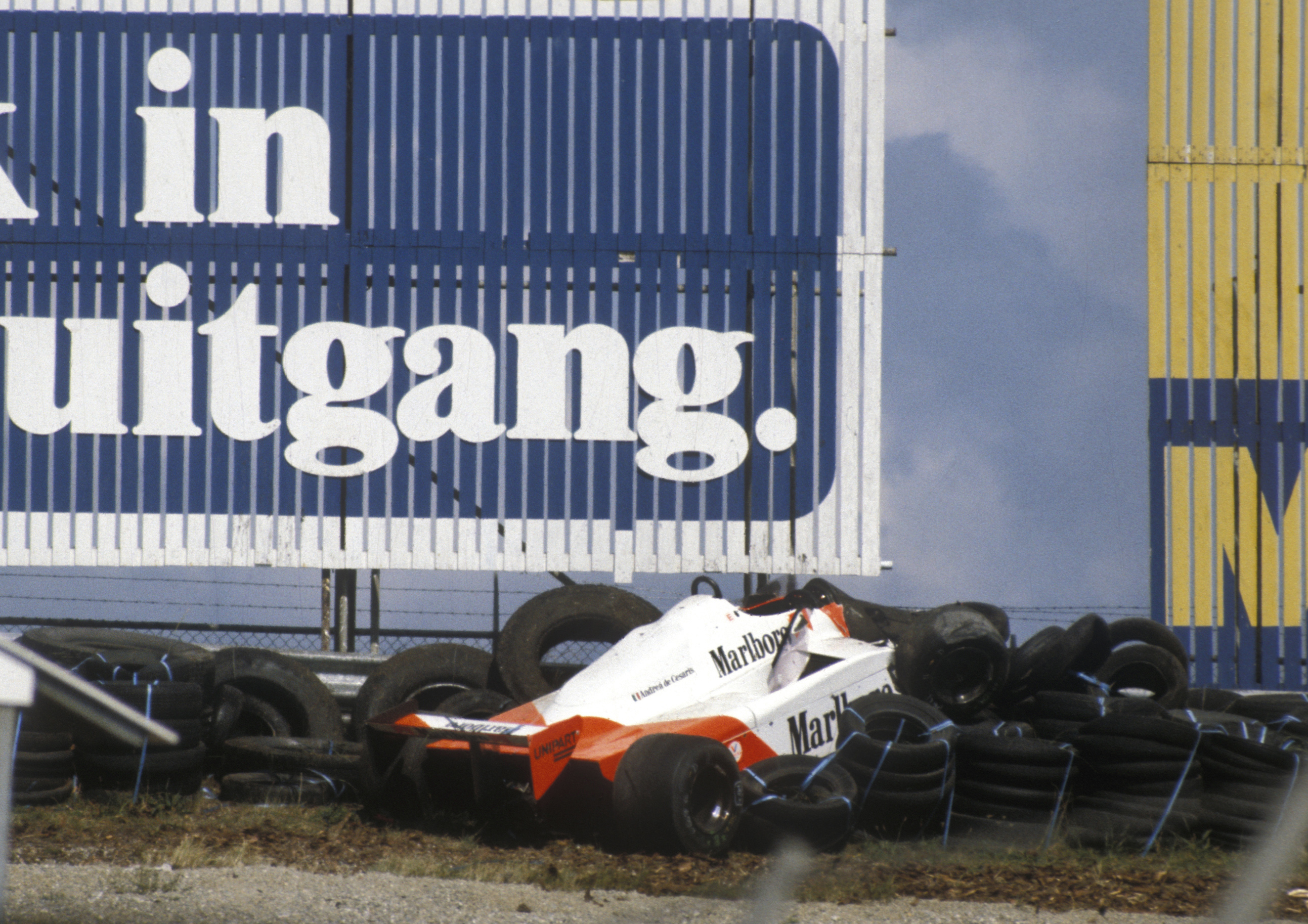
This was presumably a reference to Andrea de Cesaris, who was foisted on McLaren in 1981, the first season after the merger with Dennis’s Project 4. Even so, it’s hard to imagine that Dennis would have let something like nationality get in the way had Michael Schumacher or Ayrton Senna been Italian.
Instead, we have to look at the wider economic picture. Raising budgets to compete in junior single-seaters has become ever-more challenging over the years, something that’s doubly difficult if you’re raising funding in a country fixated on Ferrari.
“I never gave up on myself, I turned the page and did well the next race” :: Antonio Giovinazzi
What’s more, Italy is the heartland of European karting and there are opportunities for paid, factory drives there that can justifiably keep talented Italian drivers from stepping up into the hugely expensive junior single-seater foothills.
It’s also a numbers game – there are only 20 seats in F1 with in-season changes rare, meaning opportunities don’t crop up often for anyone.
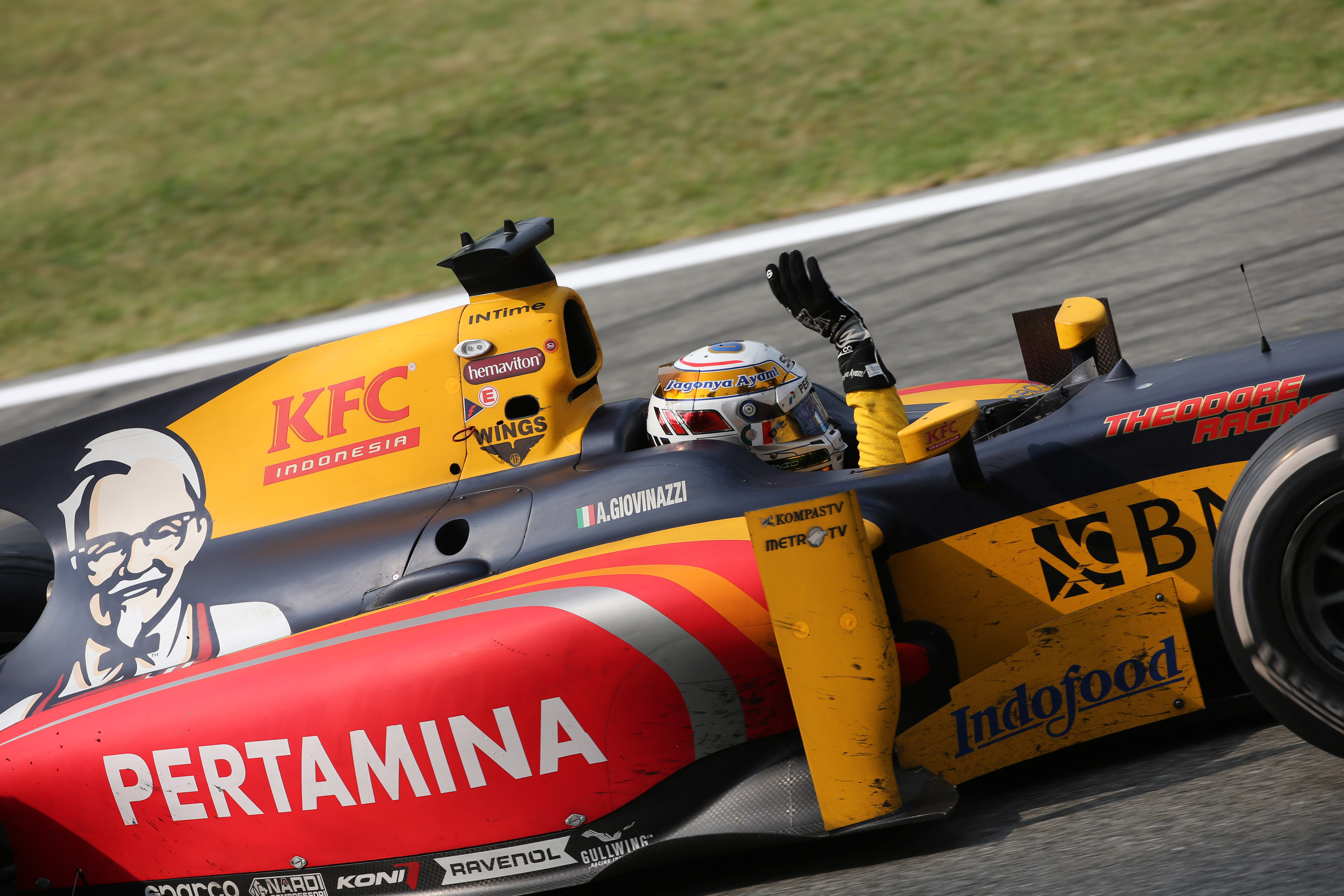
Whatever the reasons, Giovinazzi has bucked the trend by making it to F1. While he owes that primarily to Ferrari, he’s a driver who has always found the support to progress through the ranks based on ability without an ultra-wealthy family and merited his place on the grid even if he hasn’t always made the most of it.
With Alfa Romeo’s partnership with Sauber only lasting to the end of 2021 and unlikely to be extended beyond that, Giovinazzi needs to make a step forward next year if he’s to continue to wave the flag for Italy in F1.
If the 26-year-old is to do so, unlocking the performance level he’s capable of on a more consistent basis will be critical.
“Being a young driver, I need to learn,” says Giovinazzi. “I need to improve race after race, this is my main goal, especially for next season.
“When I make mistakes, it’s important to fix it and learn from it. When you’re on the limit, sometimes a mistake can happen, the important thing is to learn and not give up.
“I never gave up on myself, I turned the page and did well the next race. I will do this also for next season.”
But if Giovinazzi proves unable to make the most of the limited machinery available to him in 2021, then it might herald the start of another lean spell for Italian drivers starting in 2022.




